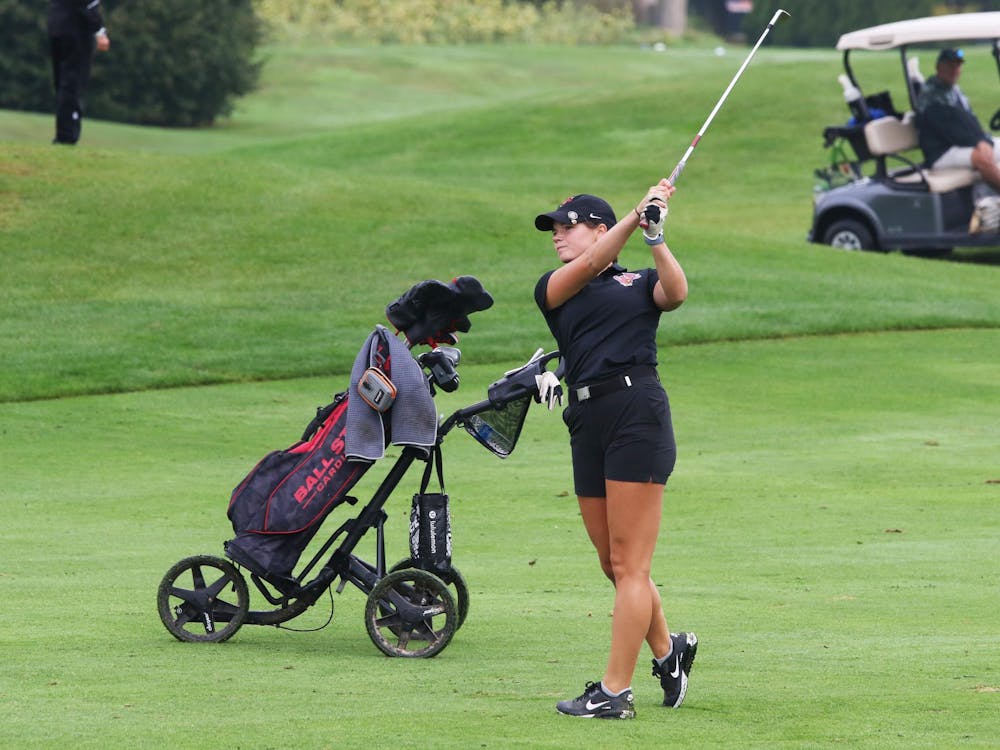The 2015 College Access Index might not be showing the full story of which colleges are doing well in helping low-income students, a history professor said.
The UpShot in The New York Times ranked schools based on the number of students who received Pell Grants, the graduation rate of those students and the amount colleges charge students. The list also only included colleges who had five-year graduation rates of 75 percent or above for Pell Grant students.
Ball State University did not make this list.
However, history professor Yaron Ayalon said the the comparison of the schools on the list and Ball State aren't fair.
“A lot of the schools on the list are big names schools like Harvard, Princeton and Stanford,” Ayalon said. “The majority of schools are private and have more students and more money."
Pell Grants are most often given to students whose families make under $20,000 per year, according to U.S. News and World Report. While the numbers from this year and the full 2014-15 school year were not available, there were 5,514 Ball State students on the Pell Grant during the 2014 Fall semester, said Rob Wirt, associate director of financial aid. That's around one-quarter of the students at Ball State.
However, for students at the university who don't receive Pell Grants, they have to find another way to pay for college. Many students graduate with hefty loans they have to pay back, even though more than 75 percent of Ball State students receive some kind of financial aid, according to bsu.edu.
“Ball State is giving a lot of low-income students a real chance at social mobility or self-fulfillment, which is huge whether we are on the list or not,” Ayalon said. “However, there is room for improvement and more the university could be doing for low income students.”
Ayalon said the university needs to do a better job in realizing that people do come from low-income backgrounds, and will need more help because of it, by being truthful with them and providing career guidance.
“Students need to have the opportunities to talk to [university staff] and learn to get better jobs and have better opportunities in the future so the price of loans once they graduate will not be so severe,” Ayalon said.
Ball State has 85 percent of students currently paying off their debt, which is above the national average of 67 percent, according to College Scorecard. Sixty-one percent of students have federal loans.
When it comes to financial issues, the university offers financial help through grants, scholarships and assistant programs.
However, getting financial aid should be dependent on the student themselves, Madison Duncan, a sophomore criminal justice major, said. Students should actively apply for scholarships and seek out ways to get more money, she said.
“If students went to the financial aid office, they would get the help and all the information they need to help figure out paying off loans,” Duncan said. “We have to take the time and get that information ourselves, it won't just be given to us.”
But she said getting aid depends largely on the student's background.
“I do feel like the university is very open when it comes to having to pay the minimum, but I feel like the bulk of how much aid a student gets comes from the family background and if the student came in as a dependent or independent," Duncan said.
If students need help finding scholarships or financial aid, Wirt said the Financial Aid and Scholarships Office is a valuable source on campus for information about financial aid, coursework and support opportunities on campus.
For Jordan Wilson, a freshman theater education and psychology major, Indiana has done more to give him financial aid and scholarships than the university has.
“As a freshman, I am already borrowing over $6,000 worth of loans, and I am having to pay it all back on my own,” Wilson said.
But he's reached out and has gotten help—just as he thinks other students should do, he said.
"You are here for a reason," he said. “Coming here to Ball State or going to any university is the student’s decision so it’s ultimately their responsibility to seek further information and education on how to pay it all off.”




